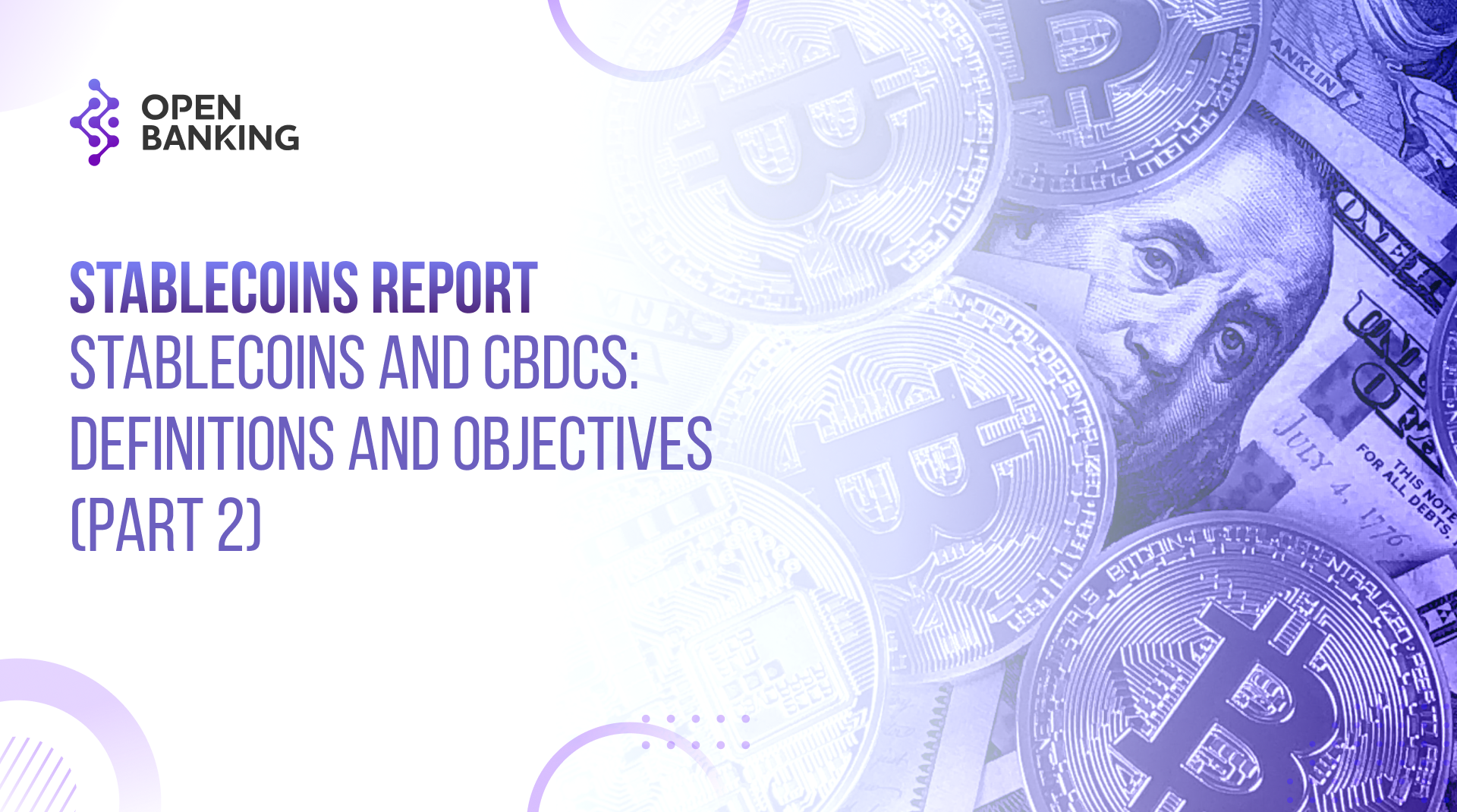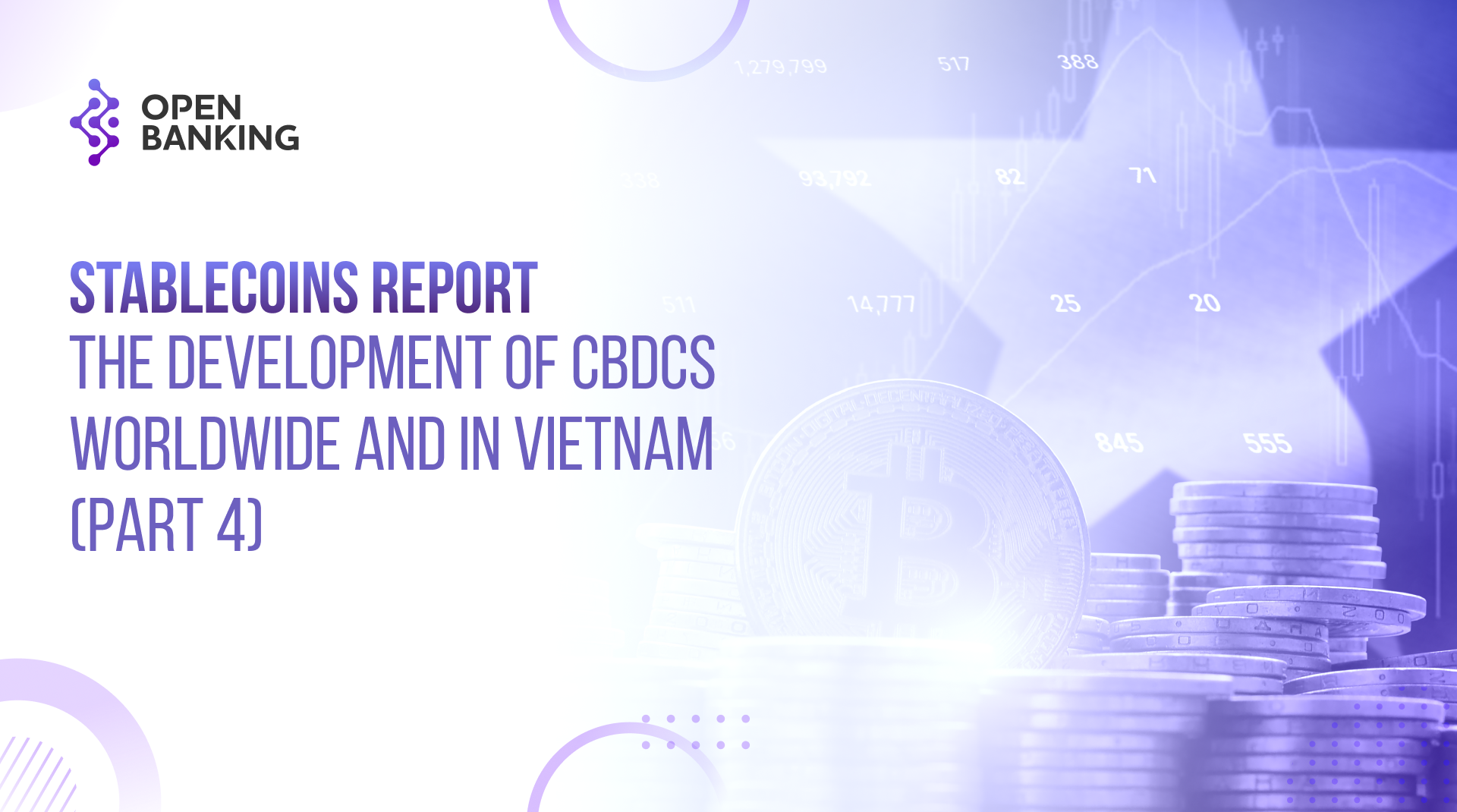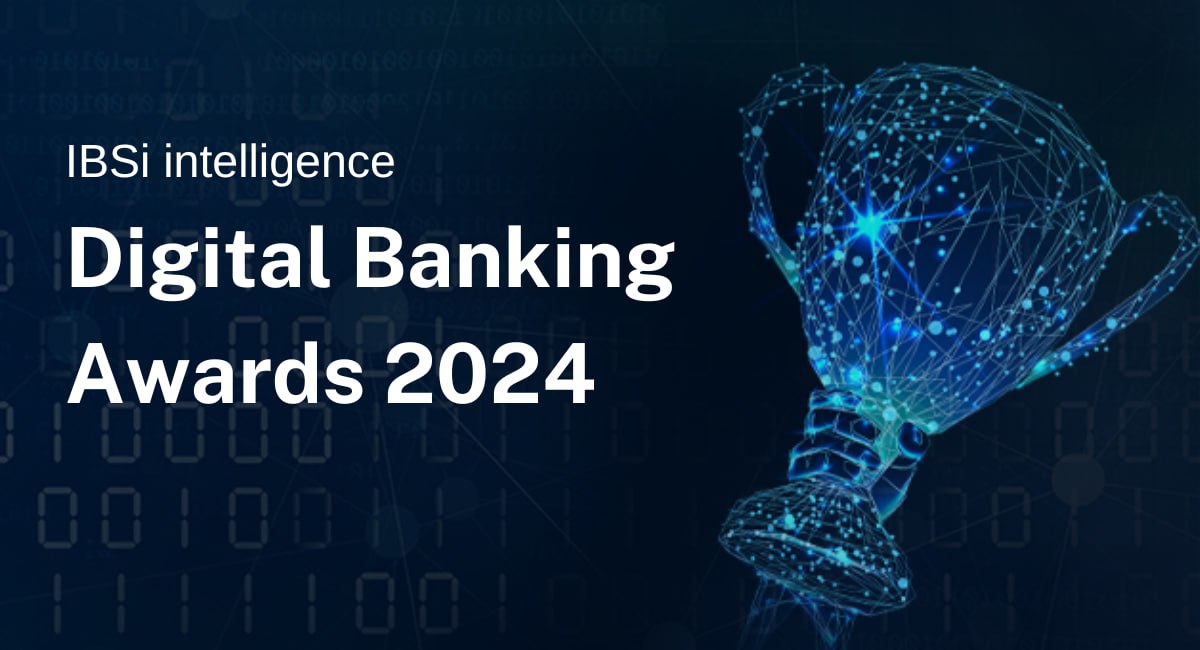Stablecoins and Central Bank Digital Currencies (CBDCs) are widely regarded as powerful instruments for advancing traditional financial systems. They promise to usher in a more inclusive, efficient, and cost-effective global financial landscape.
1. Understanding Stablecoins and CBDCs
Both stablecoins and CBDCs are forms of digital currency with stable values typically pegged to fiat money. However, they differ significantly in terms of issuing authorities, governance mechanisms, and several other key aspects:
• Issuing Authorities
Stablecoins are issued by private entities or decentralized organizations (e.g., Tether, Circle, MakerDAO), whereas CBDCs are issued directly by a country’s central bank. In essence, CBDCs represent state-backed digital versions of national currencies, while stablecoins function as “private money” governed by corporations or communities.
• Collateral and Value Assurance
CBDCs are recognized as legal tender in some countries, backed by the “full faith and credit” of the government, ensuring their value and usability. In contrast, stablecoins rely on collateral assets or algorithmic mechanisms promised by the issuers. Their value assurance is tied to the issuer’s credibility and reserves, without any governmental guarantee—introducing credit risks not present in CBDCs, which are virtually risk-free like cash.
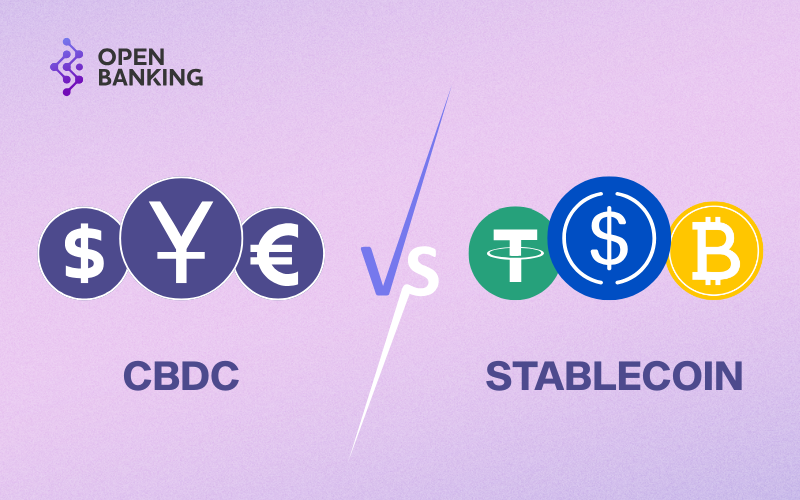
• Technology and Distribution
Stablecoins are inherently built on distributed ledger technology (DLT), most commonly blockchain. Users manage stablecoins via personal digital wallets and engage in peer-to-peer transactions over the internet.
Conversely, CBDCs are typically developed using centralized ledger technologies. Distribution models vary by country and include:
- Two-tier model: The central bank issues CBDC to commercial banks or financial institutions, which then distribute it to the public. This model preserves the existing financial infrastructure and the intermediary role of banks.
- Single-tier model: The central bank distributes CBDC directly to individuals without intermediaries. For example, China’s e-CNY is being deployed using both single- and two-tier approaches.
While CBDCs can adopt DLT, they usually employ private versions where the central bank or authorized parties retain control—unlike the open, permissionless nature of public blockchains.
• Transparency and Privacy
Stablecoin transactions on public blockchains are highly transparent—every transaction is recorded and can be traced using blockchain explorers. However, user anonymity is relatively preserved since wallet addresses aren’t directly linked to real-world identities.
CBDCs, on the other hand, are designed with more stringent oversight. Central banks can often access detailed user transaction data (e.g., China’s PBoC can trace all e-CNY transactions). Privacy levels vary by country, but full anonymity—like with cash—is generally avoided due to concerns about financial crime.
• Integration with Financial Systems
CBDCs integrate seamlessly into national financial systems and monetary policy frameworks. Central banks can regulate the supply of CBDCs and set policies like usage limits or interest rates.
Stablecoins operate independently of these systems, and central banks can only influence their supply indirectly through regulation. This independence has raised concerns among regulators who see unregulated stablecoins as potential threats to monetary policy and systemic stability.
Nevertheless, with proper regulation, stablecoins and CBDCs can coexist and complement each other. As Singapore’s stance suggests: “Stablecoins can be useful alongside CBDCs if risks are well-managed.”
2. Objectives of CBDCs and Stablecoins
Enhancing Payments and Transactions
In several countries, both CBDCs and stablecoins are already being used for everyday payments and peer-to-peer (P2P) transfers.
Stablecoins offer low-cost, near-instant transactions, enabling users to make payments, shop, or send money directly without going through banks.

In China, the e-CNY has been piloted in over 20 major cities including Shenzhen, Beijing, and Shanghai… Citizens can use digital wallets for offline purchases, subway rides, and bill payments. e-CNY is also integrated with popular payment platforms like WeChat Pay and Alipay, boosting accessibility and convenience.
Expanding Financial Inclusion
In countries with underdeveloped banking systems, stablecoins offer a viable alternative for value exchange, ensuring that transactions can occur even without access to banking services. Digital currencies drive innovation in both technology and economic models, acting as catalysts for digital economies and societies.
For instance, migrant workers use stablecoins to send remittances home, bypassing high fees and bureaucratic hurdles associated with traditional money transfer services.
Similarly, in Nigeria—where a large portion of the population is unbanked—the Central Bank launched the eNaira in 2021. According to government statistics, millions of new users gained access to financial services through the CBDC, helping bridge the digital divide and support marginalized communities.
Facilitating Cross-Border Trade
Stablecoins significantly simplify cross-border payments by reducing costs and transfer times. Transactions are nearly instantaneous and much cheaper than traditional bank transfers or services like Western Union.
CBDCs also aim to improve cross-border transactions, often through international collaborations. Notable projects include:
- Project Dunbar: A joint initiative by Singapore, Australia, Malaysia, and South Africa to test cross-border CBDC settlements, aiming to reduce international transaction costs and increase transparency.
- Project Icebreaker: A collaboration between the central banks of Israel, Norway, and Sweden, exploring the interconnection of CBDC systems to facilitate faster and cheaper international retail transactions.
Powering Decentralized Finance (DeFi)
Stablecoins serve as foundational assets in the DeFi ecosystem. Due to their price stability, they are widely used as collateral or borrowing assets in blockchain-based lending platforms. The advent of stablecoins has greatly expanded DeFi’s reach, allowing users to trade and invest without the volatility typical of traditional cryptocurrencies.
Preserving Value Amid Inflation and Currency Instability
In countries facing high inflation, USD-pegged stablecoins help citizens preserve the value of their assets. Instead of holding rapidly depreciating local currency, people turn to stablecoins as a safe haven.
In Nigeria, for example, where the naira depreciated sharply in 2024, stablecoins became a popular choice—helping the country become the world’s second-largest crypto user. These digital dollars enable individuals to save value without needing foreign bank accounts, serving as an effective hedge in unstable economies.
Strengthening Monetary Policy and Sovereignty
By issuing CBDCs and aggregating user data from wallet providers, central banks gain precise tools to manage money supply and monitor cash flow in real-time. This enhances the effectiveness of monetary policy by reducing reaction time and improving decision-making accuracy. CBDCs also help preserve national monetary sovereignty in the face of competing digital currencies.
Unlocking Opportunities for Fintech Innovation
CBDCs or stablecoins could attract domestic fintech companies to participate in emerging technology markets—such as the development of open banking products, decentralized finance (DeFi), or cloud-based services—thereby enhancing the country’s financial infrastructure.
They also help position a nation as a digital innovation and tech-startup-friendly environment, while still maintaining financial and monetary stability.
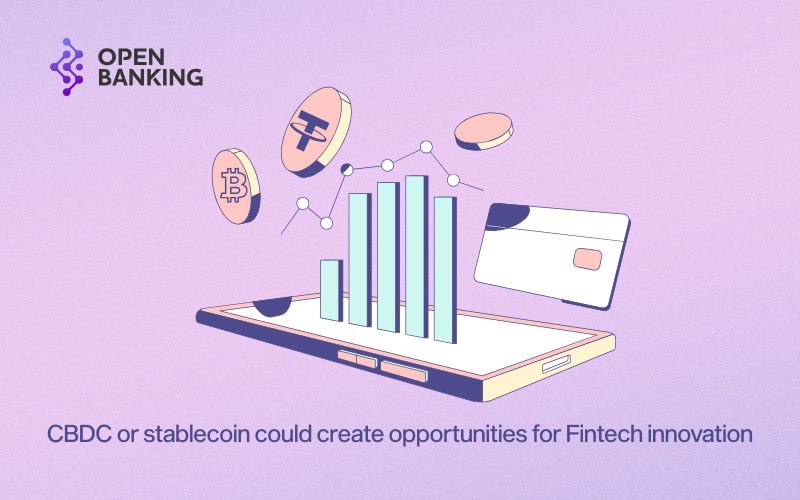
Stablecoins and CBDCs are promising solutions that can drive the growth of the digital economy.
Stablecoins offer flexibility and are widely adopted by the private sector and in emerging markets, whereas CBDCs act as state-led tools to modernize financial systems and improve control over money flows. CBDCs are expected to shape the future of national currencies in the digital era.
The development of both should be closely monitored to harness their potential benefits while minimizing risks to the global financial system.
Read more:
2025: The Year of Payment Stablecoins
[Stablecoins Report] What are Stablecoins? Popular Stablecoins Today (Part 1)

